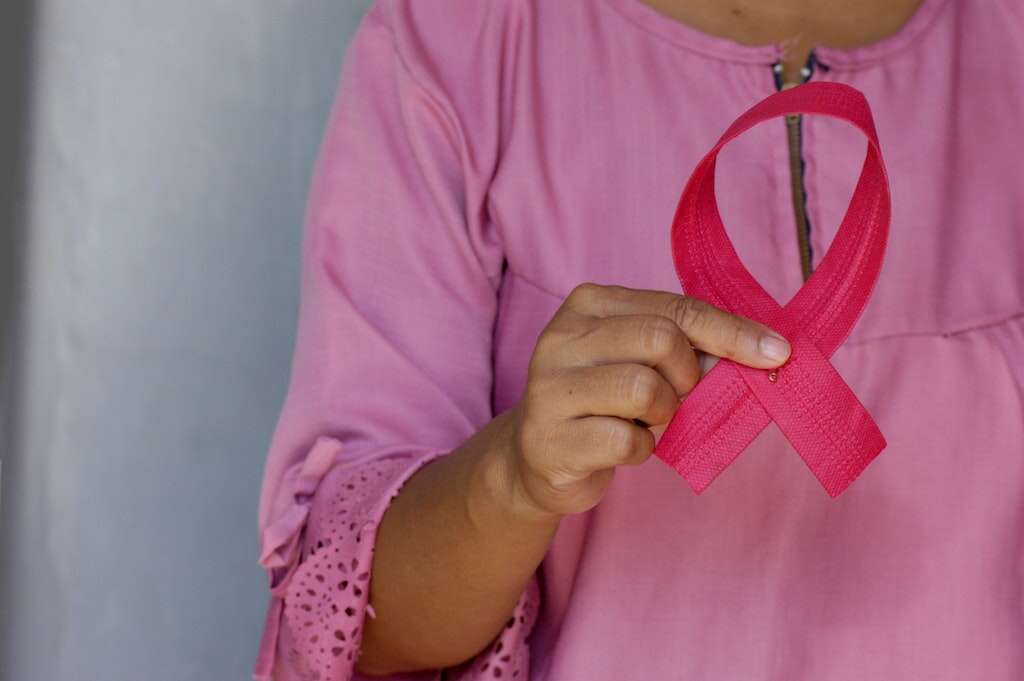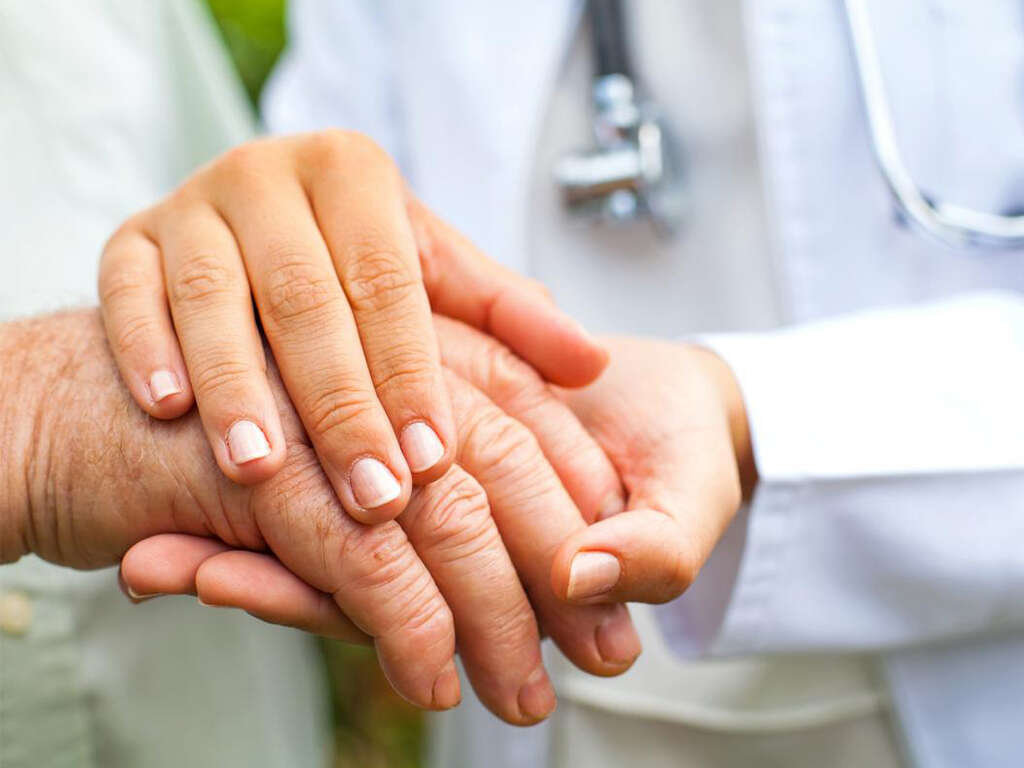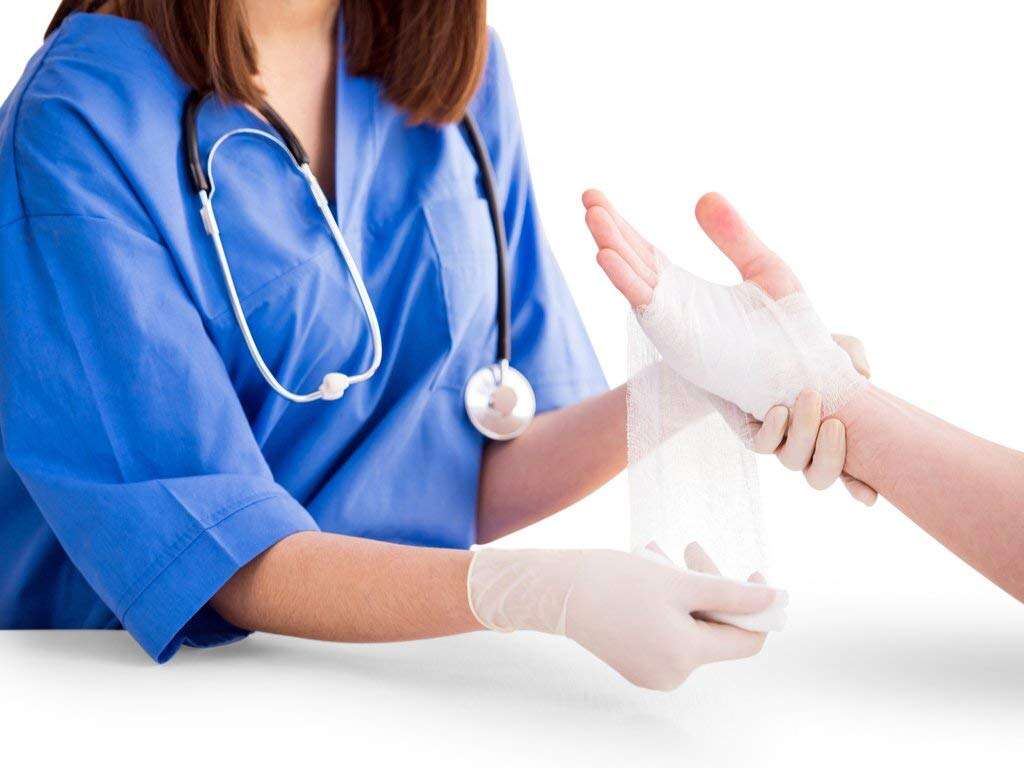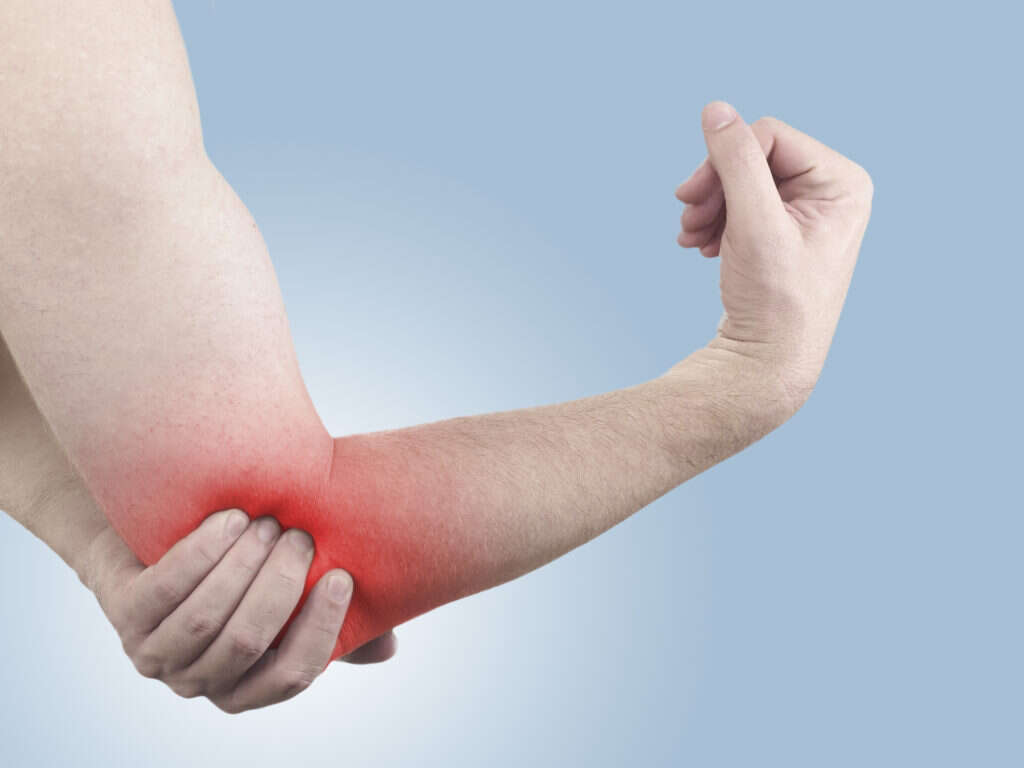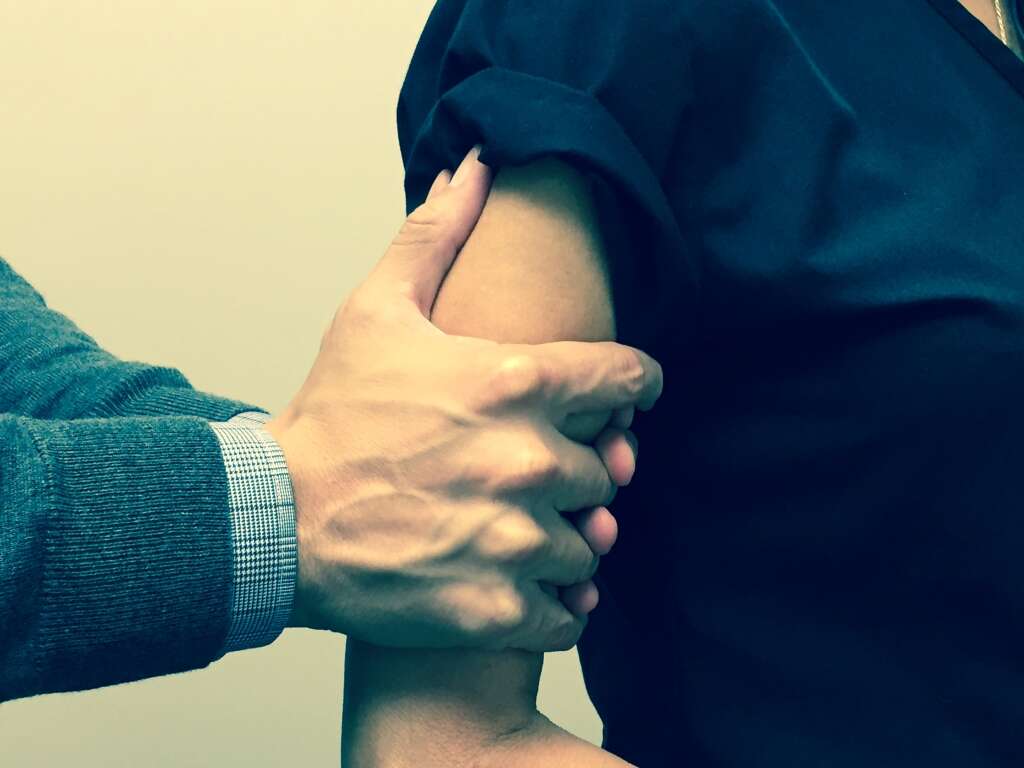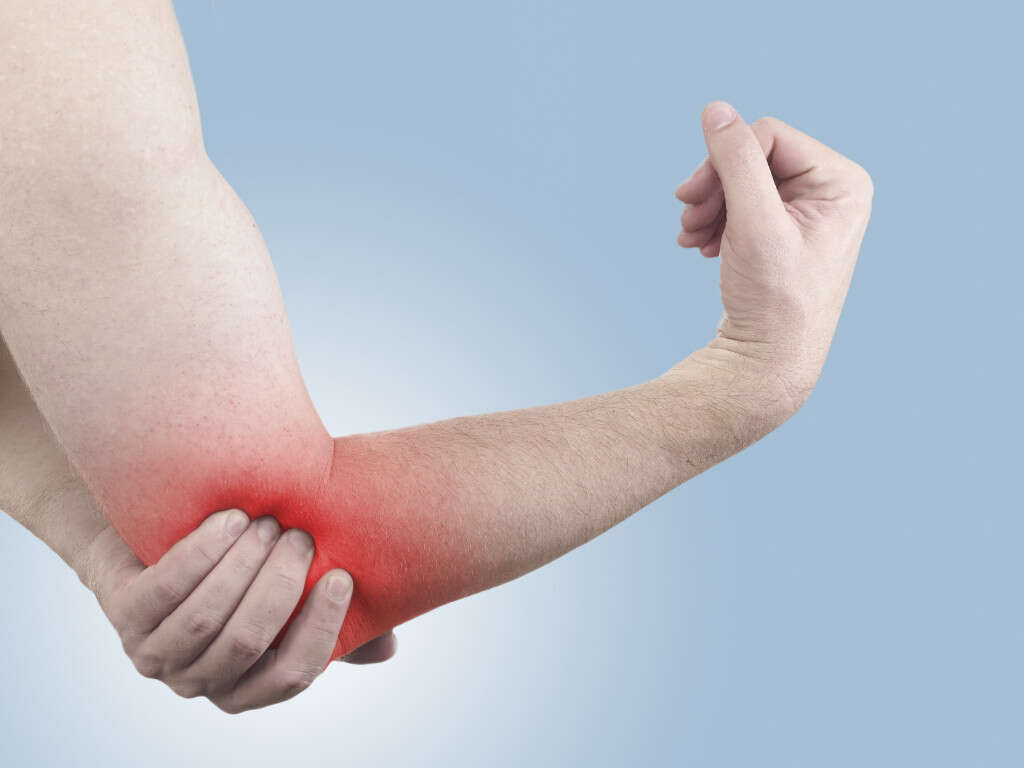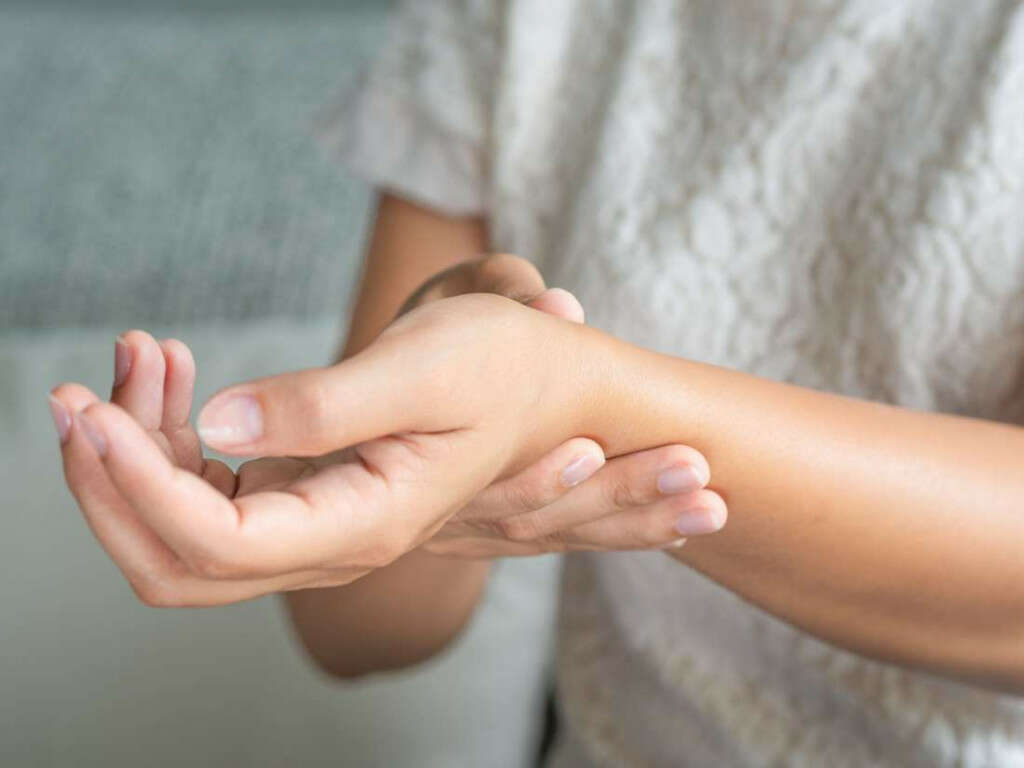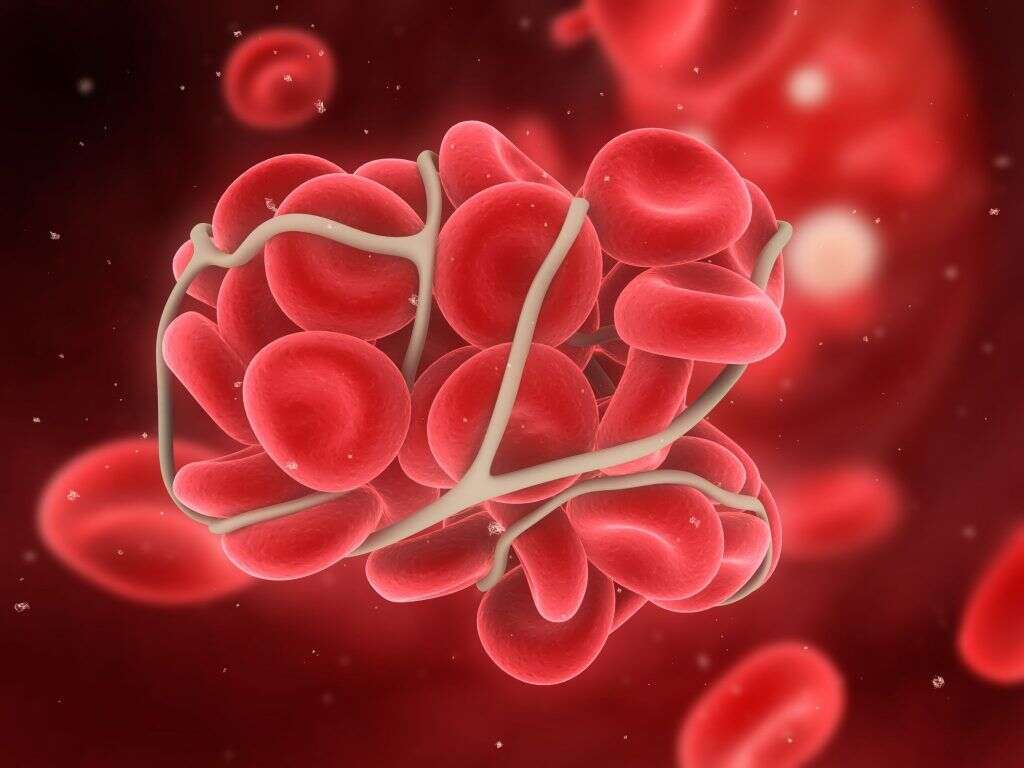10 Common Causes of Armpit Pain
 Article Sources
Article Sources
- 1. 'Antiperspirant and Deodorant Allergy: Diagnosis and Management.' Matthew Zirwas; Jessica Moennich. ncbi.nlm.nih.gov/pmc/articles/PMC3013594/
- 2. 'Anatomy, Shoulder and Upper Limb, Axilla.' Amber Gordon. ncbi.nlm.nih.gov/books/NBK547723/
- 3. ’Swollen Lymph Nodes: Medlineplus Medical Encyclopedia.’ medlineplus.gov/ency/article/003097.htm
- 4. 'Psoriasis: Overview.' ncbi.nlm.nih.gov/books/NBK279447/
- 5. 'Folliculitis.' Richard Winters. ncbi.nlm.nih.gov/books/NBK547754/
- 6. 'Management Of Tinea Corporis, Tinea Cruris, and Tinea Pedis: A Comprehensive Review.' Alok Sahoo; Rahul Mahajan. ncbi.nlm.nih.gov/pmc/articles/PMC4804599/
- 7. 'Intertrigo.' Timothy Nobles. ncbi.nlm.nih.gov/books/NBK531489/
- 8. '7 Warning Signs Of Breast Cancer.' stonybrookmedicine.edu/southbayobgyn/news-blog/breastcancerwarningsigns
Pain in the armpit, or axillary pain, is a common complaint. It may occur alone or be accompanied by a rash, swelling or lump. Armpit pain may be the result of something that's easy to identify, such as muscle strain or an allergic reaction to deodorant. Other times, the pain may be caused by something more serious.
Armpits have plenty to endure with shaving, sweating and friction from clothing. This warm, moist area may become a haven for bacteria, leading to infections and skin conditions. Whether it's a throbbing ache or a sharp pain, the cause of axillary pain determines how it's best addressed.
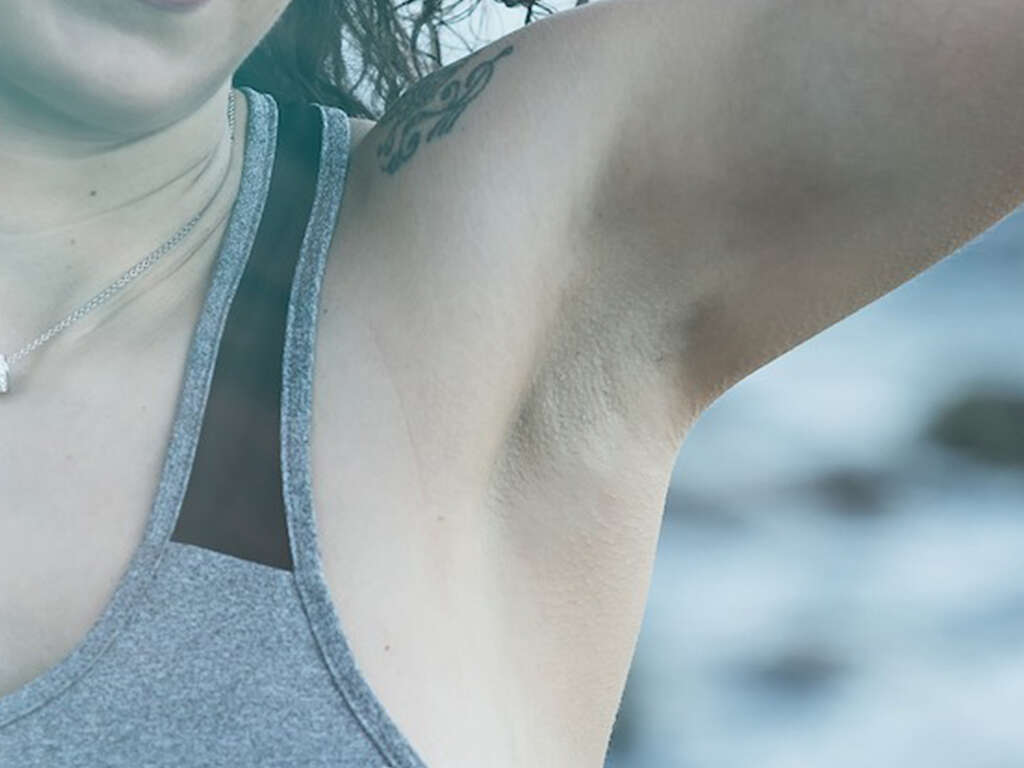
Skin Irritation
Irritated skin is a common cause of pain in the armpit. This may be the result of shaving or waxing or from clothing rubbing against the underarm. Irritated skin is usually harmless and resolves quickly.
Deodorants and antiperspirants are applied directly to the underarm. Many contain ingredients that may irritate the skin and lead to irritant or allergic contact dermatitis.1‘Antiperspirant and Deodorant Allergy: Diagnosis and Management.’ Matthew Zirwas; Jessica Moennich. ncbi.nlm.nih.gov/pmc/articles/PMC3013594/ Signs may include redness, swelling, tiny blisters, itching and pain in the armpit. Most cases of contact dermatitis aren't a cause for concern, and symptoms can be addressed by avoiding the allergen and using topical remedies, such as calamine lotion or hydrocortisone cream.

Muscle Strain
The armpit contains muscles that strain like other muscles in the body.2‘Anatomy, Shoulder and Upper Limb, Axilla.’ Amber Gordon. ncbi.nlm.nih.gov/books/NBK547723/ Overexerting, especially when lifting or pulling something heavy, may strain the muscle and cause pain. Strains affecting the chest or upper arm muscles may also cause axillary pain.
Mild strains generally ease over time and may be addressed by applying an ice pack or taking an over-the-counter medication. However, a person should seek medical advice if symptoms persist for more than a week or if the pain is getting worse.

Swollen Lymph Nodes
Lymph nodes are located all over the body, most significantly in the groin, neck and armpits.3’Swollen Lymph Nodes: Medlineplus Medical Encyclopedia.’ medlineplus.gov/ency/article/003097.htm A viral or bacterial infection may cause swelling and inflammation of these nodes, leading to pain.
Infections of the breast tissue, or mastitis, may cause swollen lymph nodes in the axilla. Once the source of infection is addressed, the inflammation and pain should disappear. However, swelling may also be caused by serious upper respiratory infections, autoimmune disorders or cancer. Speak with a doctor if the swelling persists.

Psoriasis
If axillary pain is accompanied by itching, a burning sensation and red flaky skin, it may be a sign of psoriasis.4‘Psoriasis: Overview.’ ncbi.nlm.nih.gov/books/NBK279447/ This autoimmune condition affects the skin, causing scaling and discomfort.
In the armpit area, sweat and rubbing from clothing may irritate the skin further. Mild psoriasis may be addressed by using emollients to moisturize the skin or over-the-counter remedies, such as hydrocortisone cream, calamine lotion or salicylic acid. A physician may prescribe medications for more severe cases of psoriasis.

Bacterial Infection
Bacteria thrive in warm, moist environments, such as the armpit. It's therefore common for bacterial infections to affect the skin under the arms, which may cause a rash and pain.
One such bacterial infection is folliculitis.5‘Folliculitis.’ Richard Winters. ncbi.nlm.nih.gov/books/NBK547754/ This is an infection of the hair follicles that's commonly caused by bacteria entering the body through breaks in the skin. The condition presents as red or pink lumps that sometimes contain pus. The itching and pain usually clear up naturally with no intervention.
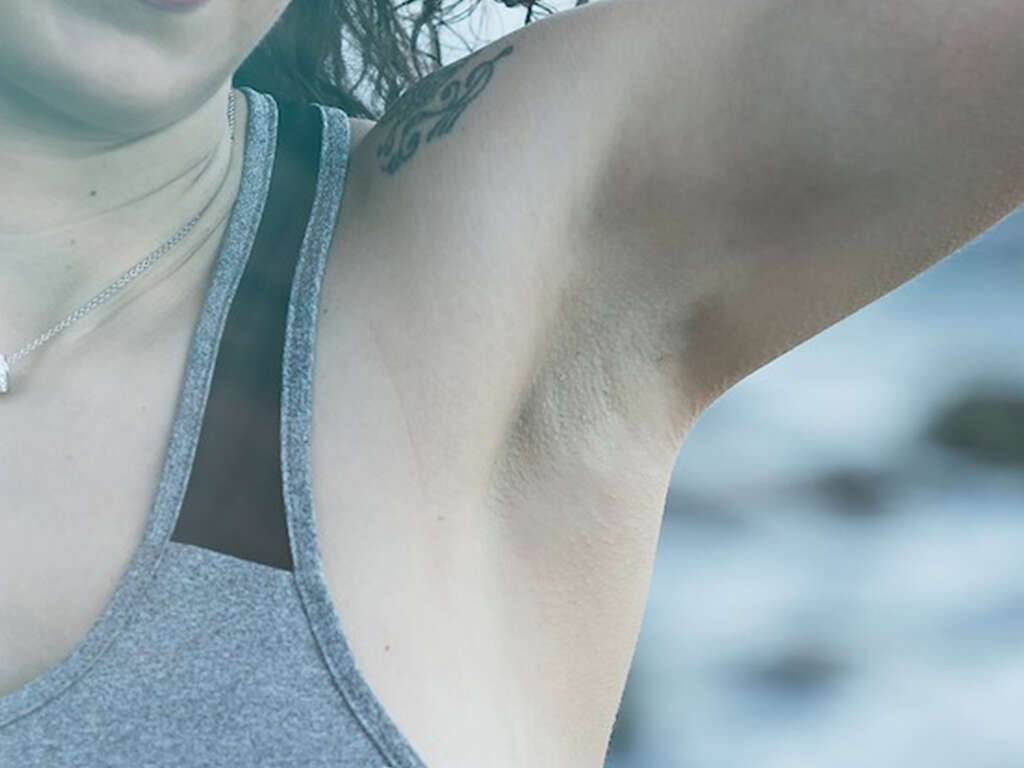
Fungal Infection
Like bacteria, fungi live in moist environments, so the armpit is a common area for fungal infections. Tinea corporis, or ringworm, is a fungal infection that uses the hair's natural keratin to attack the skin.6‘Management Of Tinea Corporis, Tinea Cruris, and Tinea Pedis: A Comprehensive Review.’ Alok Sahoo; Rahul Mahajan. ncbi.nlm.nih.gov/pmc/articles/PMC4804599/ An itchy rash of red bumps in a circular pattern can indicate the presence of ringworm.
Ringworm isn't a serious condition and can be addressed with an antifungal, such as clotrimazole, nystatin or ketoconazole. Hydrocortisone creams may worsen fungal rashes, so it's best to avoid using them.

Intertrigo
Intertrigo is a skin condition that may develop in moist areas of the body, such as the inner thighs, below the breasts and in the armpits.7‘Intertrigo.’ Timothy Nobles. ncbi.nlm.nih.gov/books/NBK531489/ When areas of moist skin rub together, the skin may become raw, creating a shiny, red rash that may also appear scaly. An intertrigo rash may be painful and cause a bad odor.
Because the armpit is also a haven for bacteria, yeast and fungi, a person may develop secondary infections if intertrigo isn't addressed.

Ingrown Hair
People with thick, coarse hair may develop pain in the armpit because of ingrown hair. This can occur when a hair grows into the skin, causing inflammation and a pink or red lump to form over or around the hair.
To ease the pain, the ingrown hair needs to be released from the bump, which is an easy procedure for a doctor to perform. Women should avoid shaving the armpit until the area heals completely to prevent infection.

Cysts
Cysts are small lumps filled with fat, air or fluid and may be the size of a pea or tennis ball, or any size in between. Occasionally they may ooze keratin, a white pus-like substance. Cysts are usually painless but may cause discomfort in the armpit, especially if they become infected.
If a cyst isn't causing any pain or discomfort, it may not need medical attention. However, if it becomes large, interferes with movement or becomes painful, speak to a doctor about having it removed.

Breast Cancer
Pain in the armpit is a common symptom of breast cancer.8‘7 Warning Signs Of Breast Cancer.’ stonybrookmedicine.edu/southbayobgyn/news-blog/breastcancerwarningsigns This pain may occur before any lump is visible. A reason for this is that lymph nodes are part of the body's immune system. When cancer develops, lymph nodes may work extra hard, causing them to swell.
Additionally, cancer may have spread to the armpit's lymph nodes. If there's persistent pain and enlargement of the lymph nodes in one armpit, a person should seek medical advice to rule out breast cancer.
